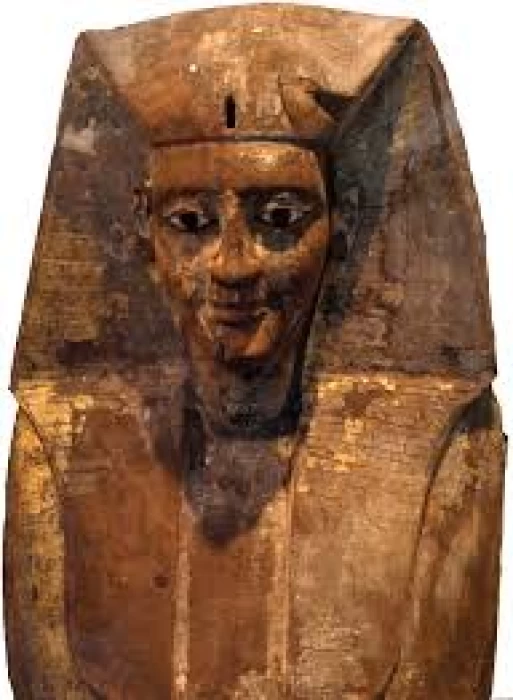
King Intef I
Data Regarding King Intef I
It appears that after Antif, the founder of this dynasty, there was another Antif who ruled the Theban province, and he felt capable of usurping the king of the southern country, but we did not see him - nor any of his three successors who succeeded him - wearing the dual crown of the country, although each of them was called Nsut Beti “the king of the tribal face and the king of the sea face,” although each of them was called Nsut Beti “the king of the tribal face and the king of the sea face.”
The generations following his reign told us that his name was “Hor Sahr Tawi,” meaning Hor, the calmer of the lands, the son of the sun Antif, without any special title or other name of these kings who ruled the two countries; and that he did not bear all the official pharaonic titles that the pharaoh was given on the day of his accession to the throne in an official ceremony.
He was the first of the six princes of the Eleventh Dynasty, who ruled half the country about 143 years before the Twelfth Dynasty, from about 2143 BCE to 2000 BCE. He was the first Theban ruler to have his name written in a taghra, and he even started out openly and unapologetically opposing the pharaoh who was ruling the country in Ehnasia Medina and Manaf at that time.
This rebellion was successful and bore fruit three or four years before Sahr Tawi's death, and he had completed the establishment of his last headquarters on the west bank of the Nile, and the evidence shows that he ruled Thebes for several years, as evidenced by the fact that he dug his tomb in the northern cemetery close to the tombs of the governors of the province.














